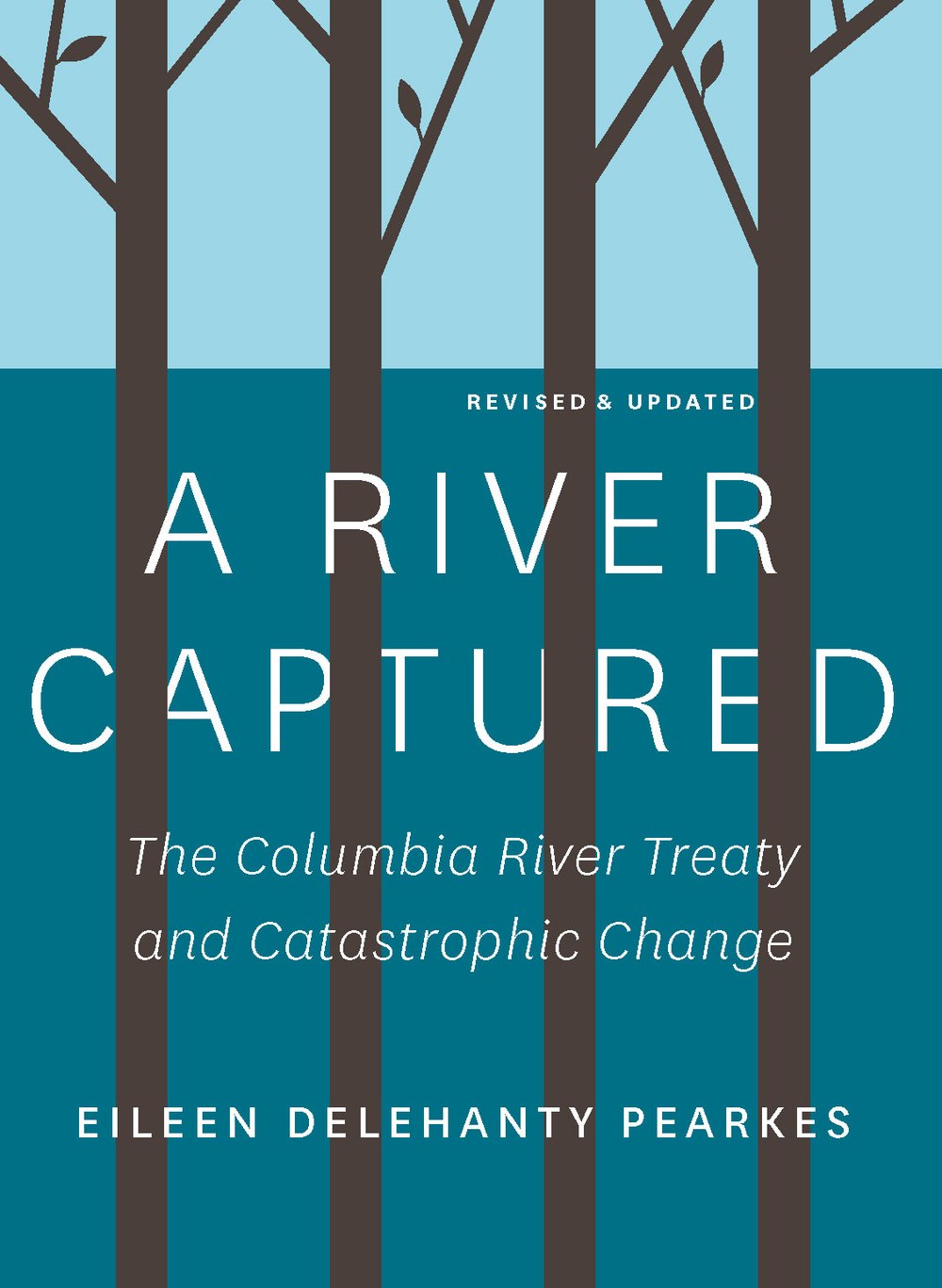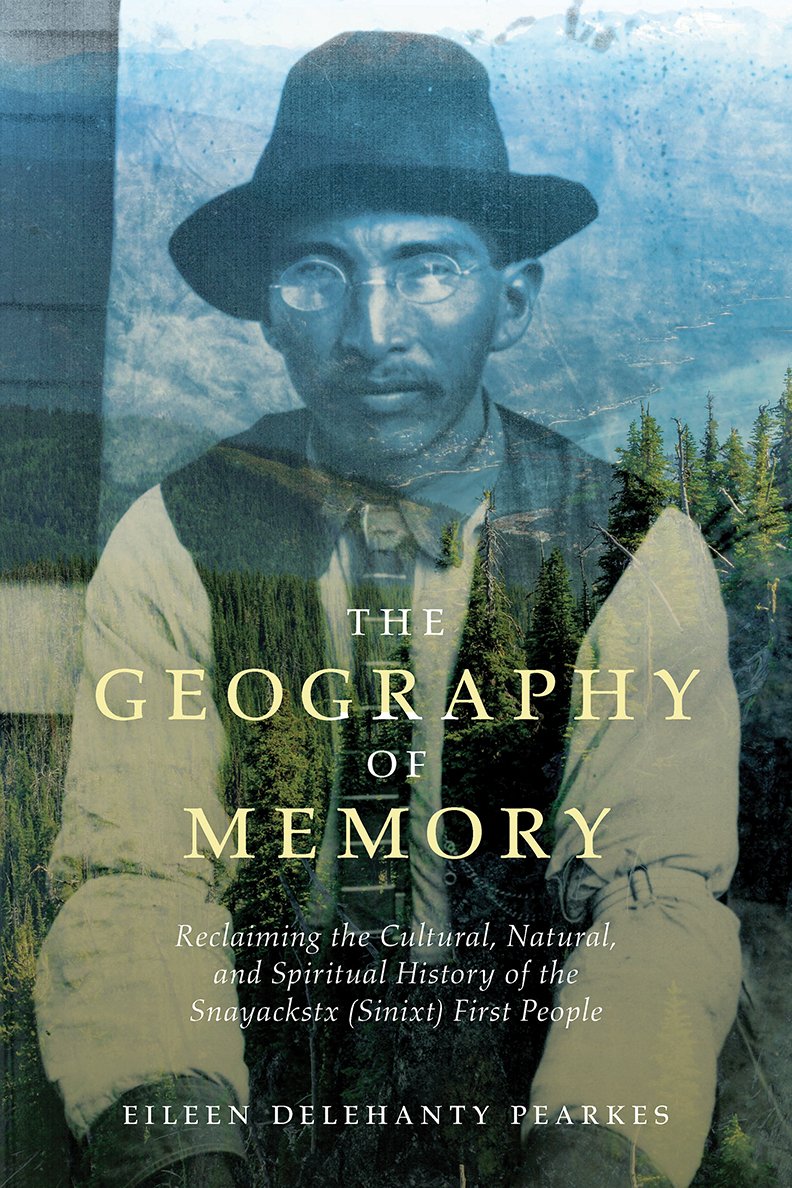A River Captured
The Columbia River Treaty and Catastrophic Change - Revised and Updated

A River Captured explores the controversial history of the Columbia River Treaty and its impact on the ecosystems, Indigenous peoples, contemporary culture, cross-border politics and recent history of the Pacific Northwest.
The Columbia River Basin is a vast region in North America, primarily located in the Pacific Northwest of the United States and parts of Canada. It covers portions of seven U.S. states: Washington, Oregon, Idaho, Montana, Wyoming, Nevada, and Utah, as well as the Canadian province of British Columbia. The basin is defined by the watershed of the Columbia River and its tributaries, making it one of the largest river basins in North America.
Long lauded as a model of international co-operation, the Columbia River Treaty governs the storage and management of the waters of the upper Columbia River basin, a region rich in water resources and with a natural geography well suited to hydroelectric megaprojects. The Treaty also displaced more than 2,000 residents of over a dozen communities, flooded and destroyed archaeological sites, and upended once-healthy fisheries.
Paying special attention to First Nations history, ecology, economics, politics, and Canada–US relations, this investigative work weaves from the present day to the past and back again in an engaging and unflinching examination of how and why Canada decided to sell water storage rights to American interests.
With one of the Treaty’s provisions set to change in 2024 and termination of the treaty requiring a 10-year notice period, this updated edition of A River Captured looks at the destructive mistakes of our collective past in order to save us from an even more difficult future


